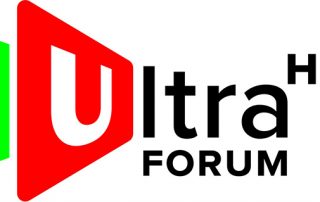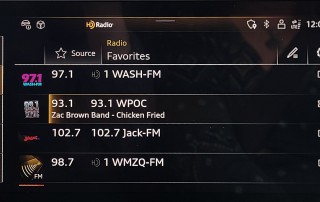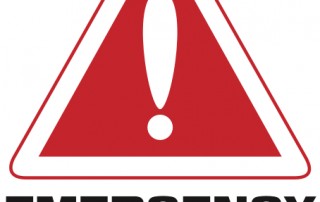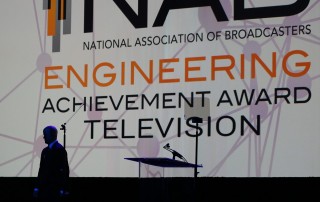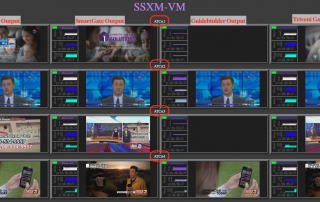What’s in a Name? Sam Matheny Has an Answer for Ultra HD
NAB is a founding charter member of the Ultra HD Forum. This means that we have been a charter member ever since the creation of the Forum. If you visit their membership page, you will see the Forum has founding members and charter members, but not founding charter members. That is because I made the [...]
Metadata for Radio
Metadata is defined as “a set of data that describes and gives information about other data.” When applied to radio broadcasting, the term metadata is referring to data which describes or augments an audio program. Song title and artist, an album art image, a station logo, an advertiser’s web address or a textual news story description are all examples of metadata. It has never been more important for radio broadcasters to include metadata in their broadcasts and audio streams.
The FCC Officially Announces Next Nationwide EAS Test
In a Public Notice released June 11, 2021 the Federal Communications Commission (FCC) formally announced that it will conduct a nationwide test of the Emergency Alert System (EAS) and Wireless Emergency Alert (WEA) on August 11, 2021, and that the EAS Test Reporting System (ETRS) is now open for filings. The test will be held [...]
Startups Wanted for the 2021 Innovation Challenge
This year’s Innovation Challenge is all about giving startups an opportunity for unparalleled access to the U.S. broadcasting industry. We are blending the best parts of a traditional pitch competition with the thematic focus of the Innovation Challenge. PILOT’s 2021 Innovation Challenge will showcase emerging products or prototypes that are poised to help broadcasters rise [...]
Time to Announce, Celebrate the NAB Technology Award Winners
It's time to celebrate this year's NAB Engineering Achievement and Digital Leadership Award winners. Of course, we must announce the winners first. This year, we're doing both at the same time. On Thursday, June 17 at 2 p.m. ET, we're hosting a special session on NAB Amplify titled "The Future of Media and the NAB Technology Awards."
NAB Partners with NPG for a Virtual Next Gen TV InterOp
NAB has partnered with News-Press & Gazette (NPG) to host the fifth Next Generation TV interoperability event (InterOp). The goal of an InterOp is to exercise different features of the ATSC 3.0 standard using various combinations of broadcast equipment and consumer Next Gen TV receivers to resolve any potential issues thus helping to facilitate consumer [...]


